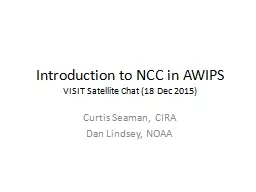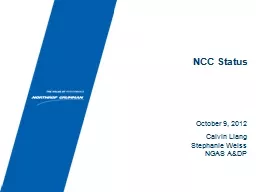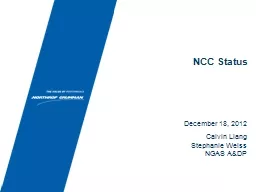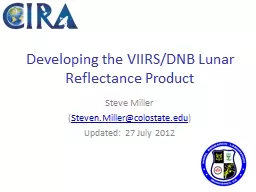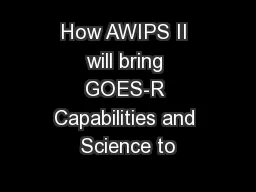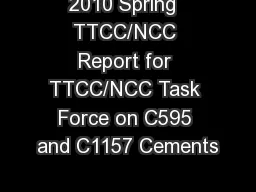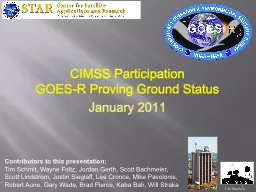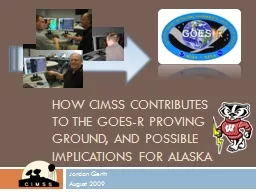PPT-Introduction to NCC in AWIPS
Author : olivia-moreira | Published Date : 2016-11-22
VISIT Satellite Chat 18 Dec 2015 Curtis Seaman CIRA Dan Lindsey NOAA What is NCC Near Constant Contrast NCC is a way to display VIIRS DayNight Band DNB imagery in
Presentation Embed Code
Download Presentation
Download Presentation The PPT/PDF document "Introduction to NCC in AWIPS" is the property of its rightful owner. Permission is granted to download and print the materials on this website for personal, non-commercial use only, and to display it on your personal computer provided you do not modify the materials and that you retain all copyright notices contained in the materials. By downloading content from our website, you accept the terms of this agreement.
Introduction to NCC in AWIPS: Transcript
Download Rules Of Document
"Introduction to NCC in AWIPS"The content belongs to its owner. You may download and print it for personal use, without modification, and keep all copyright notices. By downloading, you agree to these terms.
Related Documents

